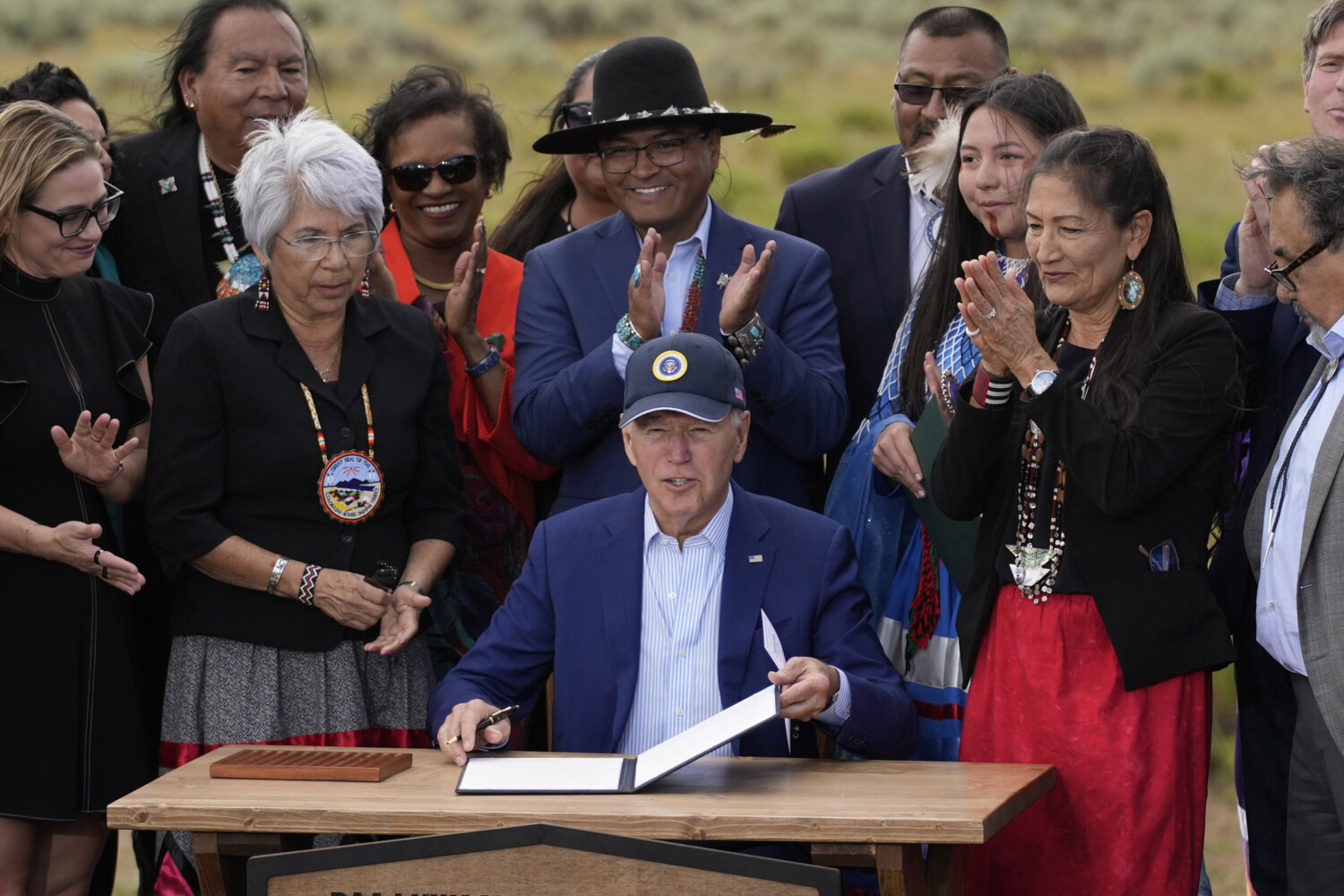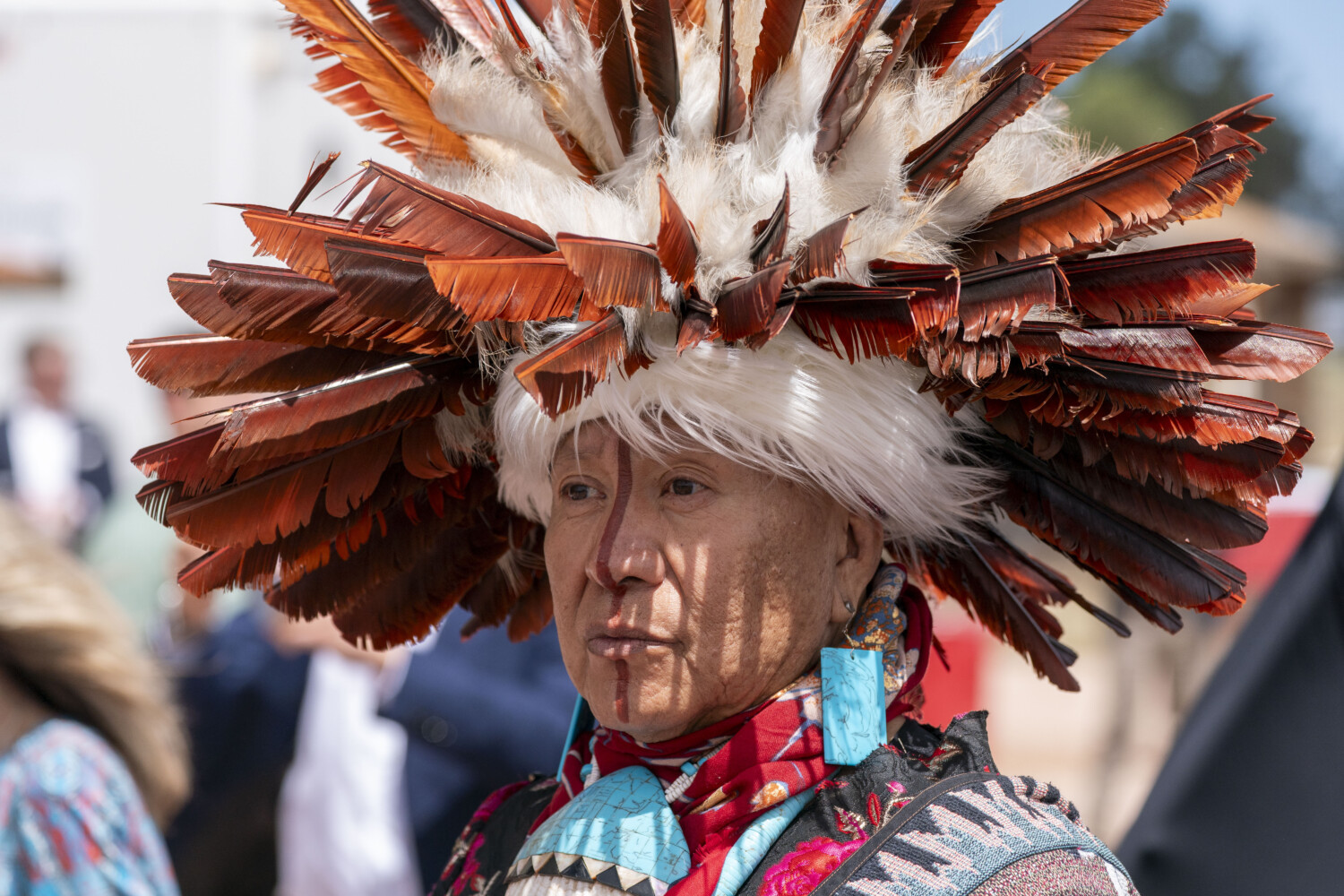The U.S. has a brand-new national monument. On Aug. 8, President Joe Biden designated nearly 1 million acres near Grand Canyon National Park as a new national monument.
The new national monument is called Baaj Nwaavjo I’tah Kukveni, Ancestral Footprints of the Grand Canyon National Monument. The name comes from a combination of two Native American languages, according to a White House press release. Baaj nwaavjo means “where Indigenous people roam” in the Havasupai language, and i’tah kukveni means “our ancestral footprints” in the Hopi language.
These Native American tribes are only two of the many Tribal Nations who live and have roots in this region.
The White House said the new monument “contains over 3,000 known cultural and historic sites, including 12 properties listed on the National Register of Historic Places.” It includes three separate areas: land to the south, northeast and northwest of Grand Canyon National Park.
The national monument designation protects the land in two ways. First, it permanently bans new uranium mining in the region. Second, it keeps the land untouched for the indigenous people living there who consider the ground to be sacred.

MORE: Grand Canyon is getting new electric and natural gas shuttle busses
During the proclamation signing for the new national monument, President Biden spoke of the importance of preserving one of our country’s most-treasured landmarks.
“Our nation’s history is etched in our people and in our lands,” Biden said, according to NPR. “Today’s action is going to protect and preserve that history, along with these high plateaus and deep canyons.”
Indigenous people in the area have been fighting to protect this land for years, and the new monument designation of the 917,618 acres of public lands surrounding the Grand Canyon marks a major milestone in this battle, advocates said.

MORE: These were the most—and least—popular national parks in 2022
“I am so grateful because of the work that has gone into this — some of it was a lifetime of work from our elders,” Dianna Sue White Dove Uqualla, a member of the Havasupai nation, told Outside. “They told me, ‘I’m not going to be here to see the victory, but you will.’ That is a beautiful thought.”
This story originally appeared on Simplemost. Check out Simplemost for additional stories.


